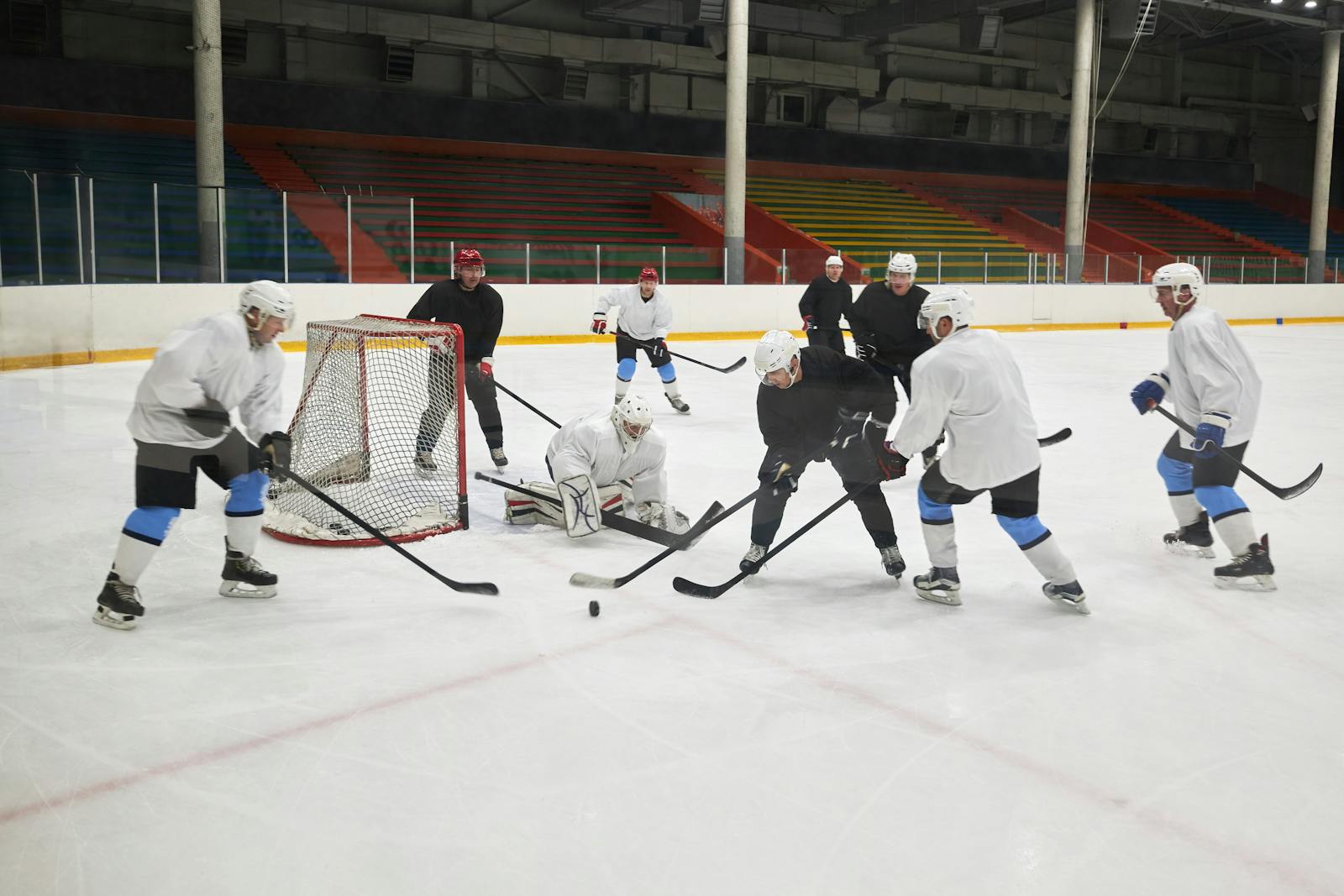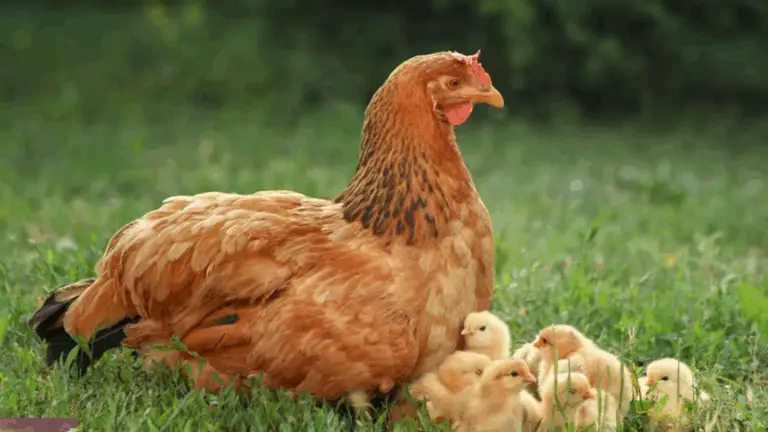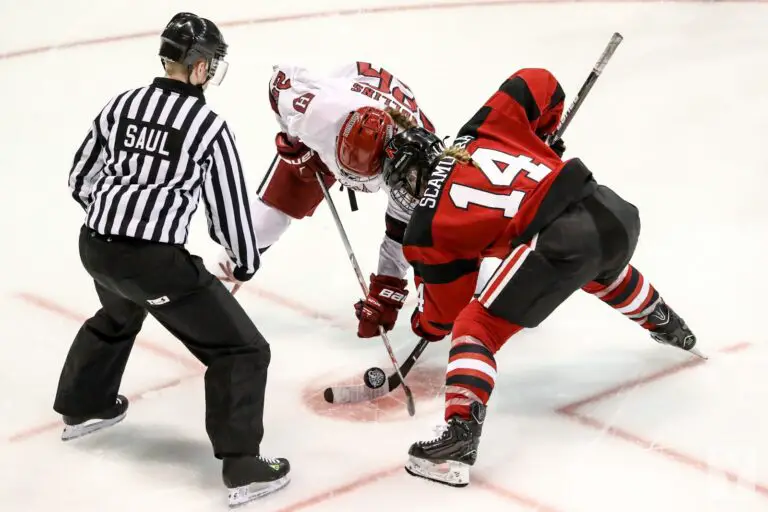Elasticity and Energy Transfer: Exploring Hockey Puck Collisions
Hockey, with its fast-paced gameplay and split-second decisions, is not just a sport of brute force and lightning reflexes; it’s a ballet of physics in motion. One of the most critical interactions on the ice, and often the most underrated, is the collision of the legendary hockey puck. An understanding of the complex physics behind these collisions can not only enrich the perspective of players and coaches but also add a new layer of enjoyment for the game’s passionate followers.
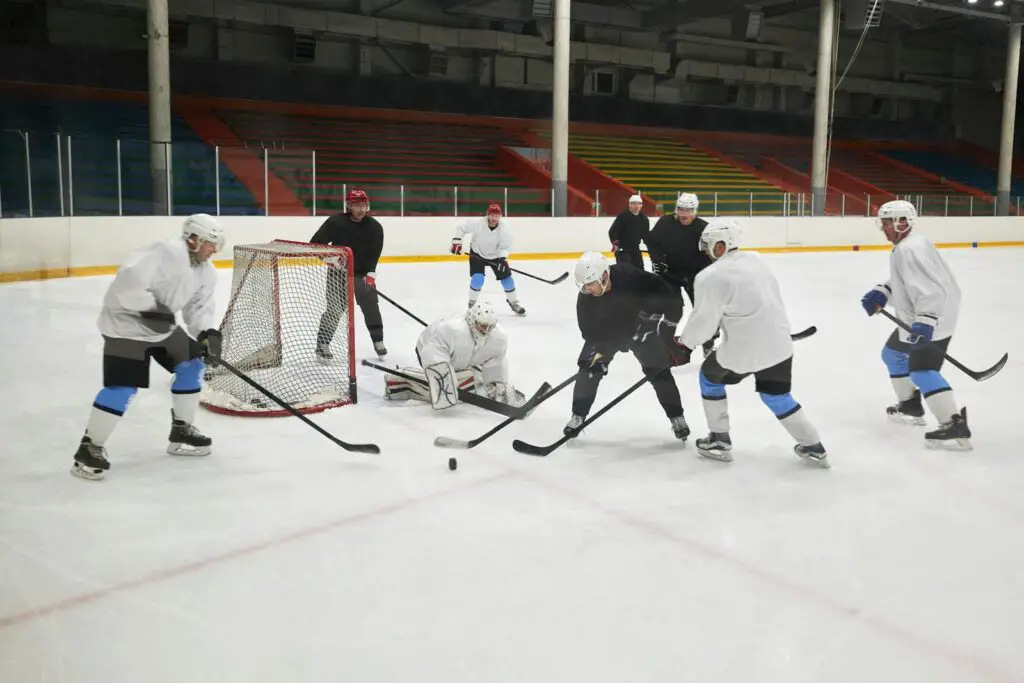
For fans looking to deepen their appreciation of the sport they love, this exploration of elasticity and energy transfer is more than just a primer on the fundamental principles of physics; it’s a thrilling backstage pass to the unseen dynamics that unfold every time a puck is passed, shot, or intercepted.
In this detailed blog post, we’ll unlock the mysteries of what truly happens when a hockey puck collides – down to the micro-interactions of molecules – and how these moments can define the game for players and spectators alike.
Understanding Elasticity in Hockey Puck Collisions
Début au but : On Ice with Elasticity
Elasticity, a key concept in the collision of hockey pucks, encapsulates the behavior of materials to return to their original shape after being stretched or compressed. Its influence on the outcome of a collision is profound yet often taken for granted. Exploring this property is the first step to dissecting the ballet between kinetic energy, potential energy, and that which is dissipated into the ice.
The Flex Factor: Different Materials, Diverse Collisions
Different pucks are made of varying materials, each with its own elasticity. The traditional vulcanized rubber puck can store and release energy differently compared to the new-age digital pucks used in technological innovations. Understanding this variety offers insight into why a puck behaves the way it does upon impact.
Energy Transfer Mechanisms in Hockey
The Physics of Puck Velocity
When a hockey player makes contact with a puck, they transfer kinetic energy, imparting a new speed and direction to the puck. But what exactly affects this energy transfer? And how do professional players optimize this process to make their shots count?
The Friction Fire Fight: Losing Energy to Heat
Friction is a formidable opponent to kinetic energy, transforming it into heat. For a puck sliding on the ice, this is a constant battle, one that determines how fast the puck slows down and how quickly it can be set into motion.
Bounce Factor and the Change of Game Dynamics
Puck collisions don’t always go according to plan. A seemingly simple pass can be thwarted by the unpredictable bounce of the puck. We’ll break down the factors contributing to these erratic zeniths and nadirs, including the angle of incidence and the surface’s micro-imperfections.
Real-World Applications and Examples
The Iconic Puck Drops and Their Ripple Effect
Reflecting on pivotal moments in hockey history, we can clearly see the direct influence of our discussed phenomena at play. Iconic puck drops that lead to a game-winning goal or a record-breaking shot often have a meticulously calculated aspect to them, only evident to those versed in the subtler art of off-ice physics.
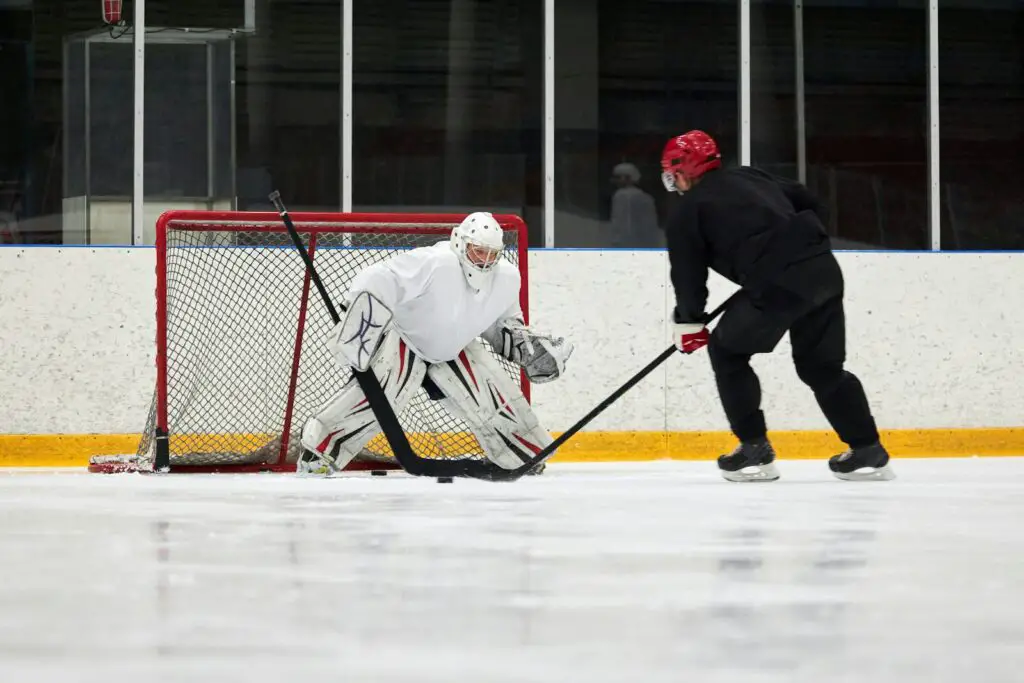
Game Strategy and the Chessboard of Collision Outcomes
From using the boards to direct the puck or aligning a pass just right, players strategically employ the principles of energy transfer to create plays. This section will dissect some of the strategies and tactics that leverage puck collisions, demystifying the game for both novices and experts.
Enhancing the Fan Experience
Classroom to Colosseum: Sharing the Science of Hockey
Schooling fans in the physics of pucks through engaging educational content not only broadens their understanding but also enriches the narrative of the game. This section proposes educational initiatives and platforms through which fans can actively participate in learning and appreciating the underlying physics of hockey.
Virtual Ribicepts: Simulating the Experience
Visual simulations and interactive tools can bring the concepts of elasticity and energy transfer in hockey to life for fans, turning theoretical knowledge into an electrifying, virtual reality experience that mirrors the excitement and surprise of live games.
Conclusion
The next time you watch a hockey game, I hope that this exploration of the unseen plays in the puck’s trajectory echoes in your mind as a silent spectator to the true complexity of the sport. Billy Smith’s puck-handling skills, Wayne Gretzky’s legendary slapshots, and the nail-biting drama of penalty shootouts are not mere happenstance. They are the meticulously-choreographed performances of physical elements that have found their grace on the ice.
For those who’ve caught a glimpse of the interconnected rhythms between the laws of physics and the game of hockey, there’s much more to uncover. Whether you’re a professional player, a coach, or a fan in the stands, the adventure to unite science and sport is yours for the taking. Immerse yourself in the world of elastic collisions, understand the transfer of energy, and witness for yourself how a deeper grasp of these concepts can turn every game into a lesson in physics.
This isn’t just about the love of the game. It’s about the game within the game—a thrilling saga that unfolds with the smallest but most impactful details. Welcome to the fascinating, invisible world beneath the gliding skates and soaring pucks. It’s a place where knowledge enlightens every slapshot and a new appreciation for the game takes hold—a place where hockey truly finds its absolute zero.
